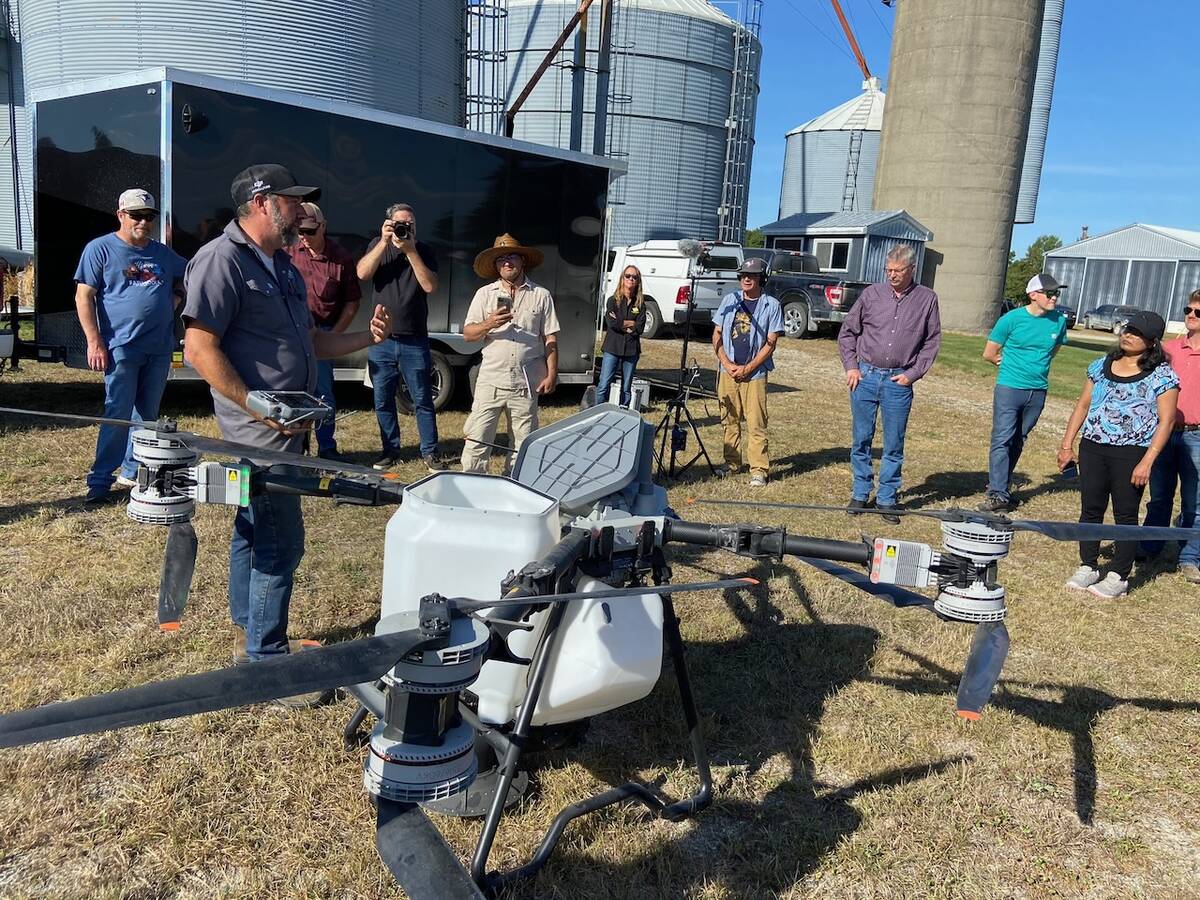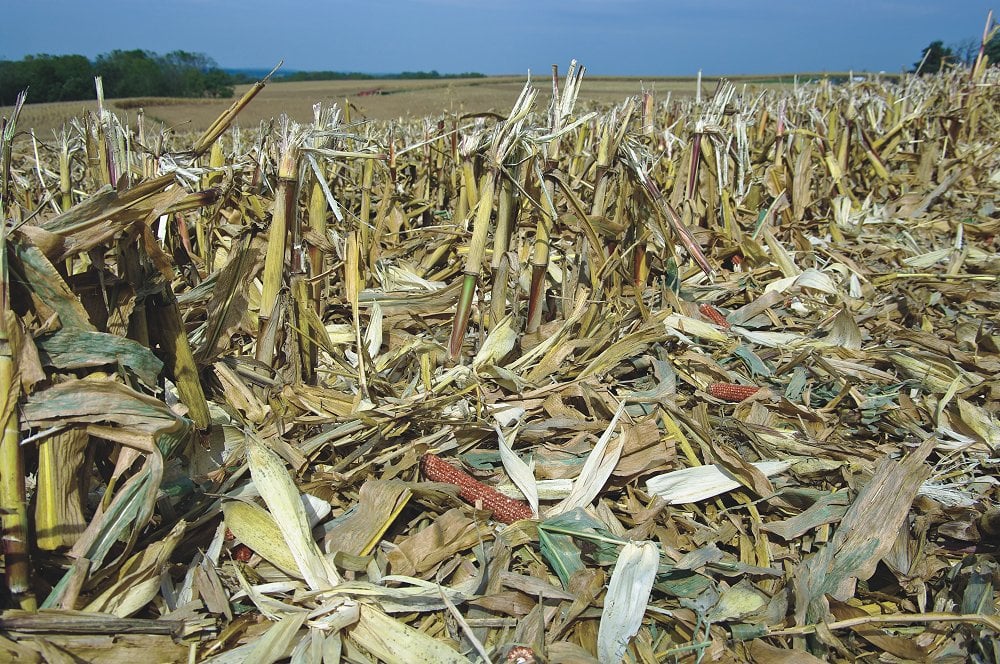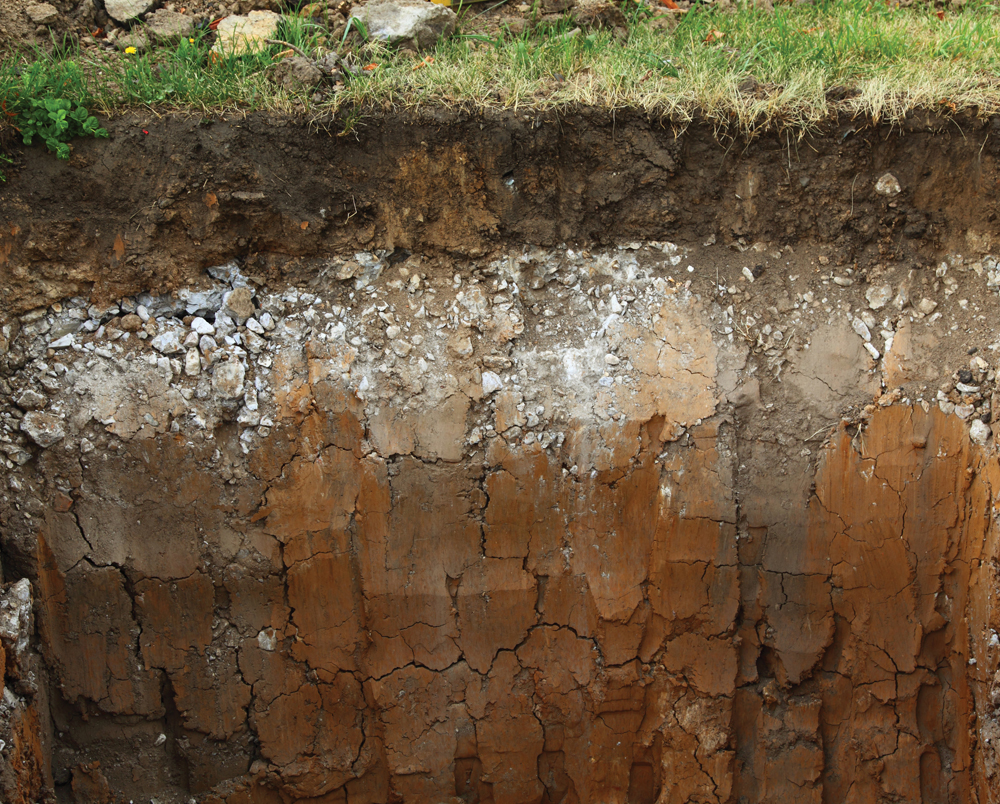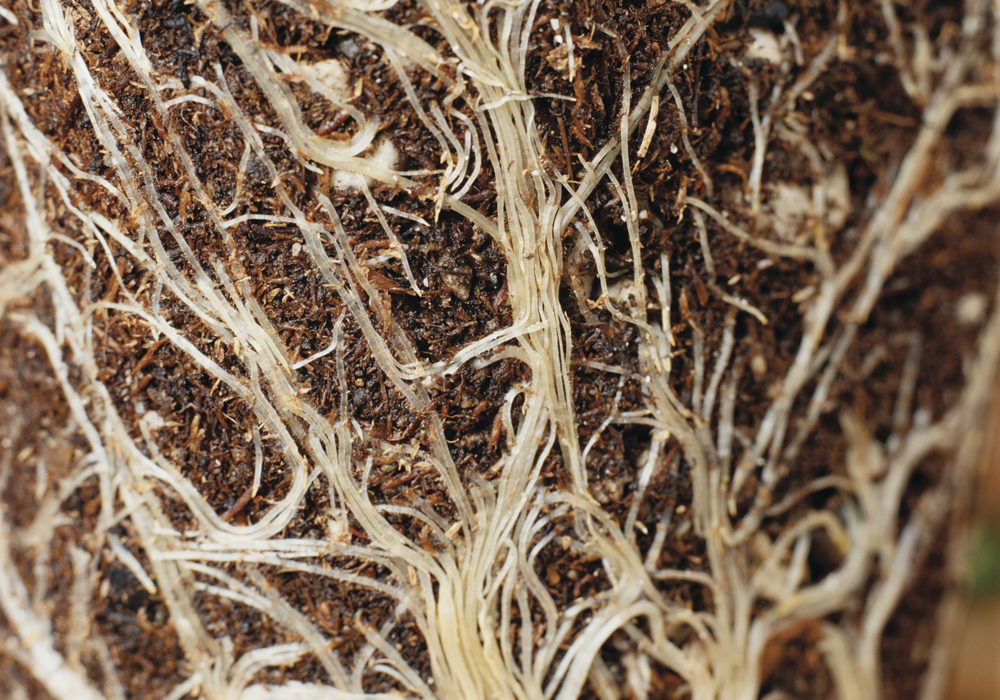By actively managing about 100 acres of hardwood forest, David Pogson figures he and his brother Barry’s sawmill sideline might eventually account for about one-third of their farm income within a decade.
Out of the seven-acre plot from which they are doing a managed harvest, they have already removed 30 cords of firewood in the form of crooked, dead, over-mature or otherwise undesirable trees as part of the timber stand improvement project’s first year.
Currently in year two, the Manitoba Agro Woodlot Program’s Best Management Practices or BMP harvest-incentive program is aimed at helping woodlot owners and loggers develop the skills necessary to develop a local, self-sustaining microforestry industry, said Shawn Dias, a woodlot forester and MAFRI business development specialist.
Read Also

Drones jumpstart cover crop planting
Drones are a tool that can help farmers with cover crop planting in still-growing corn and soybeans.
As part of the tour of a woodlot north of Mather last week, Dias showed how two seven-acre parcels of river bottom, hardwood forest could be managed to improve the yield and quality of timber harvested, as well as improving the stand’s value as wildlife habitat.
WORST FIRST
In January of last year, Dias and the Pogsons selectively cut in the first block; the second block has been flagged but not cut. Doing the work in winter with plenty of snowpack over frozen ground prevents damage and compaction to the forest floor. A 100-foot cable winch on the tractor helps them get the logs out using only narrow access trails.
The timber stand improvement harvest strategy is the opposite of the way logging is typically done. Instead of “high-grading,” which means cutting only the best and leaving the rest, the BMPs call for a “worst-first” strategy.
“The selection criteria is anything dead, diseased or dying,” said Dias, adding that it may also include thinning of trees that are growing too close together for optimal growth.
“There’s a misconception that doing nothing is the best thing to do. But what we’ve found is that in certain circumstances, doing nothing is actually doing a disservice to your bush because your stand is slowly degrading.”
The first phase of the program generally involves mostly pulling firewood out, with the occasional good-quality saw log. In the years that follow, better logs might be taken.
To be eligible for the BMP harvest program, the woodlot must be a good-quality hardwood stand in a river valley setting. Those doing the logging – often the landowner and the logger is the same person – must have taken a chainsaw safety course and a two-day, low-impact logging course.
In return for a one-year commitment, the landowner gets an improved seven-acre timber stand and the logs harvested.
PROGRAM EXPANDING
Compensation, a one-time payment of $390 per acre, is aimed at paying the logger for their time and effort. But the landowner must also contribute 25 per cent in cash or in kind, generally a share of the logs or firewood. Some landowner-loggers have used the cash to invest in equipment such as winches or grapple forwarders, he noted.
This year, the program has enough funding from the province’s climate change action plan to cover 57 acres of managed woodlots, expanding to 72 acres next year.
The Pogsons have been using the wood from the BMP block to heat their own buildings. But if they chose to sell it, prices generally rise and fall with the cost of heating oil.
Currently, oak firewood currently sells for over $200 per cord, while poplar brings as much as $180 per cord in Winnipeg.
For the Pogsons, fourth-generation farmers, using the bush as a source of income has a long tradition. Back in the days before green treated fence posts were available, Pogson’s grandfather cut and sold oak posts for fencing out of that same bush.
OLD TRADITION REVIVED
One winter during the Depression, he cut 10,000 posts and sold them to farmers living in the virtually treeless areas further south from the forested area near Rock Lake.
“That’s how he fed his family in the ’30s,” said Pogson. “Times were tough. And he didn’t have a chainsaw.”
The effect of his grandfather’s selective cutting of fence post-sized trees can still be seen, even some 80 years later by the absence of trees of a certain size.
“With Shawn and the Woodlot Association’s help, I’m hoping it will be an even better bush.”
MAFRI business development specialist Shane Tornblom said that although the culture of woodlot management historically never made it further west than Ontario, the program aims to change that for the benefit of farmers and rural communities.
“We’re not trying to tie this in with traditional industrial forestry. We’re trying to make this as close to the farm and rural communities as possible with the potential for producing high-quality products that they could sell into the urban market.”














